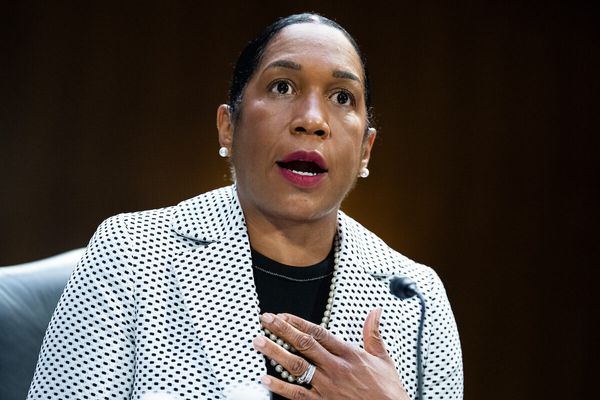Leadership has evolved from the stereotypical demanding boss treating people like emotionless machines. Effective leadership now taps into the psychology of wellness at work to help employees succeed in a healthy way.
And workers want to succeed: According to consulting firm McKinsey, 70% of employees say their sense of purpose comes from work.
"Meaning and fulfillment are deeply intertwined with our work but right now that is missing," said Jennifer Moss, a workplace culture expert. Disappointedly, she cites research that says around a third of employees are dissatisfied at work.
"This is a huge opportunity for effective leaders to step up and close the purpose gap because it can make a real difference in people's lives," she said.
Hope Is A Wellness At Work Strategy For Effective Leaders
Moss shares recent Gallup research that shows employees said providing hope is the top leadership quality they are looking for in a boss.
When people believe they can influence their future, they are more engaged and productive.
"Leaders who operationalize hope through clear goals, multiple pathways to success and a sense of agency help employees break out of survival mode," she said. "Then, employees see a future for themselves in the organization."
Reduce Employee Mental Overload
The workplace has become overwhelming, Moss said. Often there are just too many meetings, too many tools to master and too much information to process efficiently.
Further, brain science shows that excessive decision-making and interruptions drain working memory and increase stress, she reports.
"Leaders must actively simplify workflows," Moss said. "Leaders need to reduce redundant meetings and protect deep work time. This creates a culture that maximizes performance rather than exhaustion."
Recognize People Beyond Metrics For Wellness At Work
In business, traditional reward systems focus on outcomes. That makes sense. But leaders can drive the outcomes and performances they want by putting some additional thought into goals.
"Psychological research shows that people thrive when recognized for effort, creativity and character, not just results," said Moss, author of "Why Are We Here? Creating A Work Culture Everyone Wants."
And when the recognition is spontaneous and specific, "studies on motivation show it has an even stronger impact," Moss said.
Ultimately, recognizing employees for achievements beyond just bottom-line results can lead to even better performance for all employees. Broadening rewards encourages wellness at work.
Don't Try To Be A Superhero Leader
"We're often taught that leaders should be stoic, decisive and flawless," said Patricia Grabarek, an organizational psychologist and a cofounder of Workr Beeing, a firm that helps improve wellness at work.
In reality, "employees want leaders who are genuine," said Katina Sawyer, Workr Beeing's other cofounder. "Employees want real people with hopes, dreams and struggles."
When leaders embrace vulnerability and show their reality, "they build trust and inspire others to see leadership as something they, too, can achieve," Sawyer said.
Leaders Who Prioritize Life Over Work Win
Most leaders acknowledge that employees need a life outside of work. Yet, when it really matters, they often expect employees to sacrifice personal commitments for their job.
"Effective leaders understand that this mindset leads to burnout," Grabarek, co-author with Sawyer of "Leading for Wellness," said. "Burnout costs companies (money), and good leadership can fix it."
That type of leadership includes actively creating space for employees to honor their life commitments.
For example, say an employee coaches their child's sports team and needs to leave at 4:30 p.m. twice a week. An effective leader won't schedule a recurring 4 p.m. meeting which conflicts with that priority.
"Instead, they work collaboratively to structure work in a way that supports — not competes with — employees' personal goals," Grabarek said.
Just as importantly, effective bosses lead by example. "If they don't set boundaries and prioritize their own lives, employees won't believe it's truly acceptable to disconnect," she said. "By modeling healthy work-life balance, effective leaders build trust and create a culture where both work and life can thrive."
Wellness At Work Isn't One-Size-Fits-All
Generic wellness at work programs are not the best solution for stopping burnout and disengagement. That's because they reflect "blanket solutions or a one-size-fits-all approach to address what are often personalized and unique wellness challenges," Grabarek said.
Effective leaders know their employees are not twins of each other. Solutions for supporting their well-being are unlikely to be the same.
"Effective leaders get to know their team members and create comfortable environments for them to share their wellness struggles," Sawyer said. "Then they work to tailor wellness approaches to each employee."







